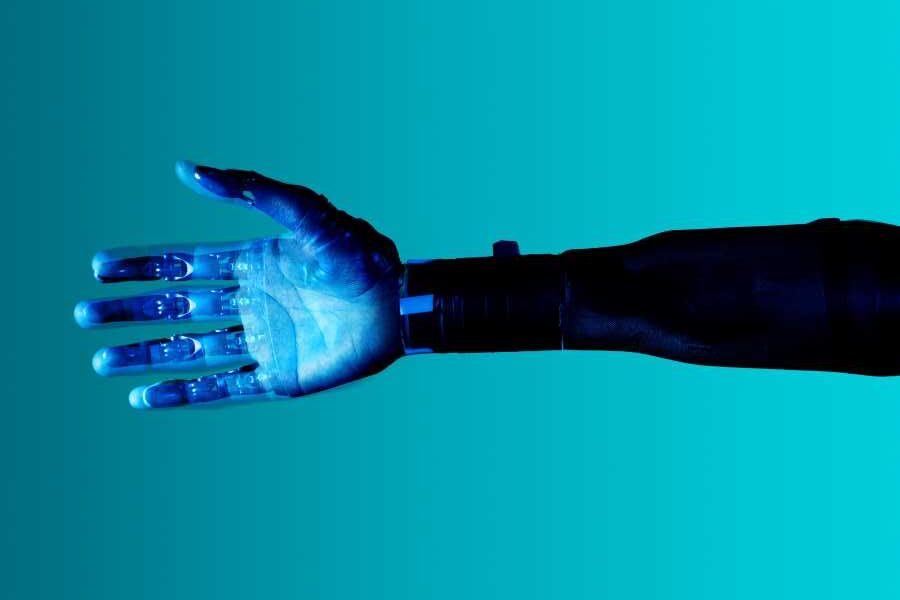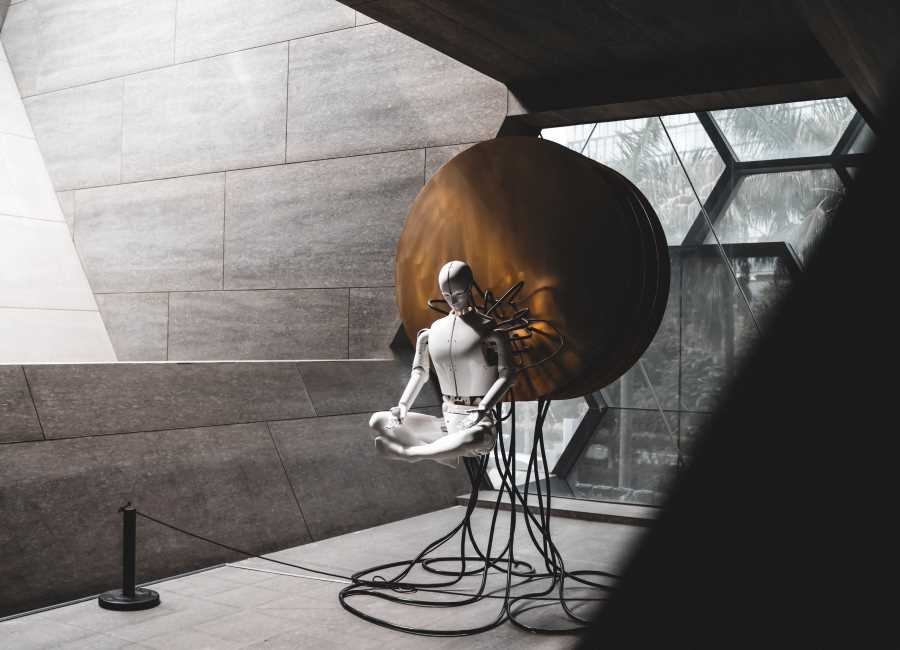Let us begin with a surprising curiosity: the word robot was not invented, as one might think, in the STEM field but, unexpectedly, in Humanities. The very first robot in the literal sense is not the invention of an engineer or a scientist; his baptism happened in 1920, thanks to the mind of the Czech writer Karel Čapek, who used this term for the first time in his science-fiction play R.U.R. (Rossum’s Universal Robots). Moreover, the etymology of robot derives from the Slavic word robota, which means servant, helper, drudgery, even slave. The roboti (robots) of the original theatrical piece are artificial humans, who hold working positions that humans no longer hold. They are a servant class, similar to what we currently call androids, that in the final act of the play physically revolt against their human creators.
But how has the meaning of robots changed from the early 20th century to date, now that we question their autonomy, freedom, creativity, ethics? How has the perception of these fascinating machines changed now that they interact in numerous disciplines, such as engineering, computer science, physics, biomechanics, psychology? Now that our everyday life is closely interrelated with science and technology, in an indissoluble bond? Once again, the favorite tool to venture into this path is Art. In this article, we will use art to investigate the potentialities of robotics, scientific discoveries and tech innovations in our lives. We will explore how artists have dealt with this symbiosis of human and robots, in a concrete, philosophical and aesthetic manner.
Machines and robots strongly contribute to human enhancement, but they also have an important symbolic power in our society. Artists were among the first to perceive it, introjecting the frightening suggestiveness of machines into their work, but also amplifying their usefulness. Each artist explored the role of robotic technology in art from a different perspective; from the pioneering artists who grasped the magical charm of the machine, to the most recent trends, where robotic art tries to go beyond the biological limitations of our human body.
The Irresistible Fascination with Machines
In the 1960s, when the Swiss sculptor Jean Tinguely (1925–1991) started working on automation, Artificial Intelligence and Cybernetics, as we know them today, did not yet exist. However, machines held a great fascination in society, due to their productivity and improvement potential. Tinguely took disused mechanical parts, motors, industrial junk and assembled them, creating real robot machines that moved autonomously. However, his machine performances inevitably lead to self-destruction, like for example in his famous Homage to New York (1960). Tinguely’s kinetic sculptures embody all the charm of pioneering technology, but at the same time the fear (and the satyre) of that period.
These gigantic junk machines, fast and unpredictable, are a good representation of how new technological tools can often be frightening, due to their uncontrollable nature. The specter of robots that take on an autonomous life, which have their own – unmanageable – intelligence opens up ethical questions which, albeit in other terms, still monopolize the debate surrounding science and the implications these may have on our lives.
Interactive Experiences between Robots and Living Things
In the 60s, the first artistic attempts to investigate the relationship between machines and living beings also began to take place. Tom Shannon, with his sculpture Squat (1966), was among the first to create a symbiosis between an artificial robot and an organic element, capable of interacting. To achieve this, Shannon wired a living plant to a robot. When a visitor touched the plant, it amplified the electricity activating the robot’s motors. Shannon used the electrical potential of the human body, triggering an organic response. Nowadays, as smart homes are becoming more and more common, this idea may seem trivial to us, but it is actually one of the first examples of cybernetic sculpture.
Other interactive experiences happened in the 80s, exploring the interaction between machines and human beings. Norman White’s Helpless Robot (1986-1987), for example, talked with the viewers, asking them for help to be turned in a specific direction. Controlled by two computers, it is capable of doing just one thing: moving and verbally speaking. But it also requires human assistance to do so. White’s robot rejects all the usual conceptions we have of robots and we are confronted with contemporary questions regarding the autonomy and the independent life of machines.

The Emancipation of the Robot: Can Robots be Artists?
Do robots have a conscience? Can they be really creative? Can they authentically produce art, with their own intentionality, autonomy, aesthetic urgency? These are questions that artists, scientists, engineers, programmers, synergistically collaborating with each other, have asked themselves. From AARON, the first computer program written by Harold Cohen in the 1970s, capable of creating abstract drawings, to the more recent ArtSbot (Art Swarm of Robots), a small turtle type robot invented in 2003, which simulates Jackson Pollock’s action painting, the debate still remains open: Is there anything we can call machine-creativity?
These experiments are interesting from an aesthetic perspective, as they raise questions on the value of artistic improvisation, on the uniqueness of an artwork created by a robot, but at the same time they make us think about the relationship between mankind and technology. Can robots undertake activities that were previously believed to be the prerogative of human beings, such as creative ones?
Transhumanist Art and Cyborg-Artists
The implications of Robotic Art, as explored, cast doubt on the increasingly blurred boundaries between life and technologies. Transhumanist Art pushes this dilemma to the extreme. Transhumanists try to expand the domain of human possibilities, starting with their body. Cryonics, artificial intelligence and biotechnology are the instruments to implement this revolution, which impact bodies and society.
The Cyprus-born performer Stelarc experimented with robotics by using his body and wiring electronic devices onto it. He started by installing a third hand on his right arm, and then also attached a third ear onto it in order to let people listen in to his world. The French Artist ORLAN completely changed her aspect through plastic surgery, stimulating provocative questions surrounding the idea of body malleability. Moon Ribas is a spanish cyborg-artist who has a sensor in her feet that is connected to seismographs via a Bluetooth connection. In her dance performance Waiting for Earthquakes, she moves as soon as an earthquake happens somewhere in the world.
These could seem like extreme experiments, but they all tell us something about human attempts to go beyond the limits of one’s own corporeality, through the use of machines, technology and science. The goals are always the same: progress, enhancement of human skills, life extension, immortality; and a latent fear of human fallibility. In the end, a question naturally arises: how will the relationship between humans and robotics change over the coming decades? And furthermore, how will the art of the future interpret it? Non-human identities will certainly have a role in this story.















